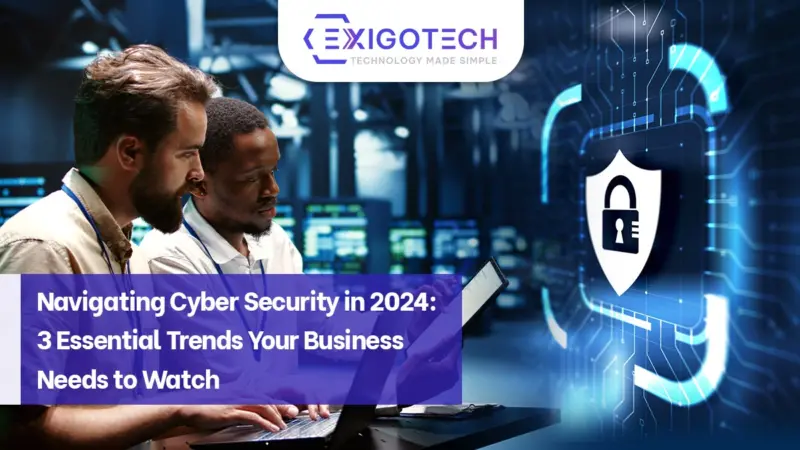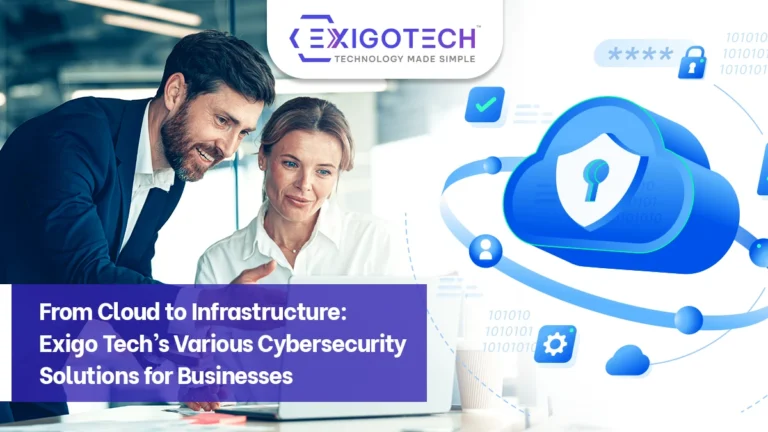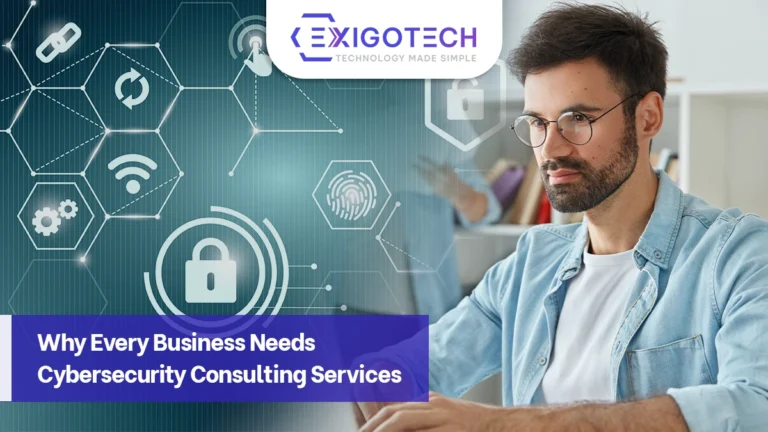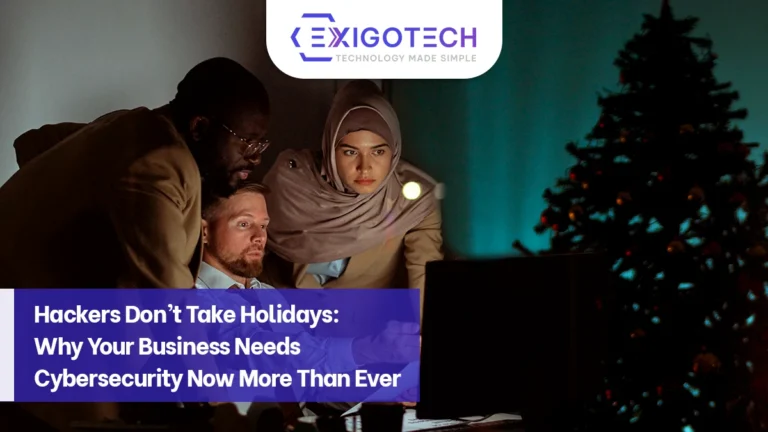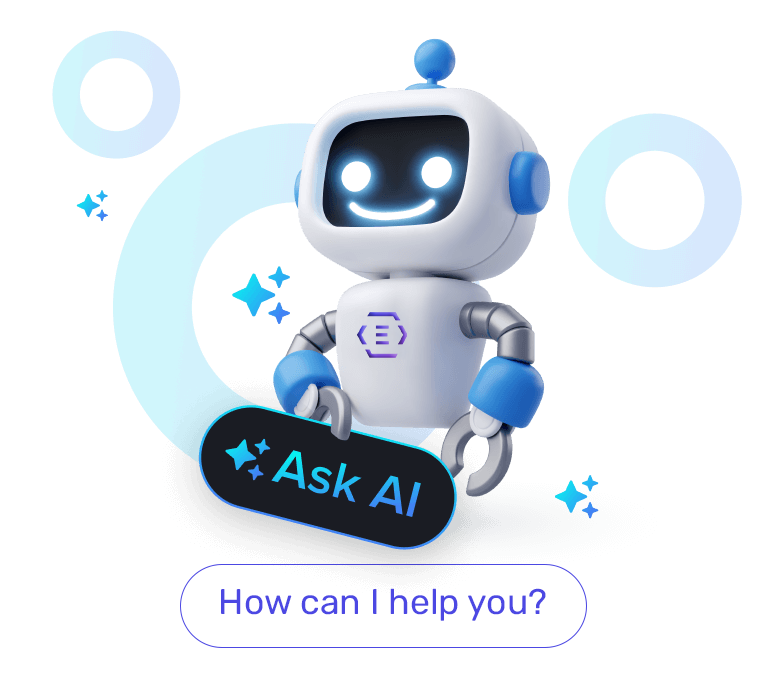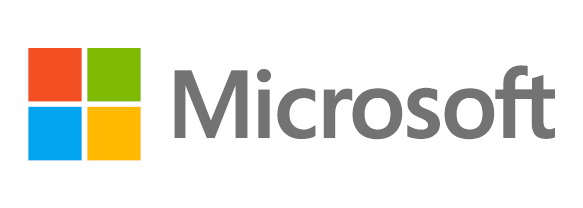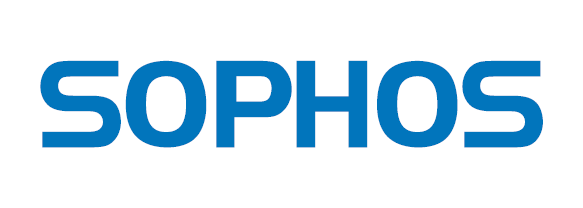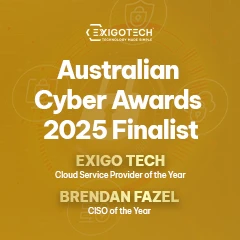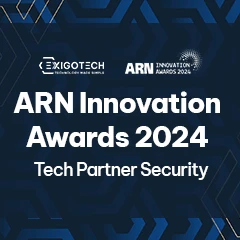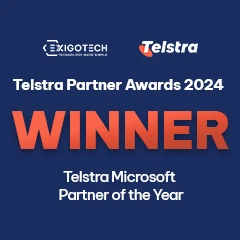In 2024, cyber security is more crucial than ever due to increasing cyber threats and rapid tech adoption. The Australian Cyber Security Centre (ACSC) reported a 23% increase in cybercrime incidents in the last financial year, with nearly 94,000 incidents.
This equates to a cybercrime report every 6 minutes, up from one every 7 minutes the previous year. Cybercrime incidents cost different amounts for businesses of different sizes. Small businesses pay AUD 46,000, medium businesses pay AUD 97,200, and large businesses pay AUD 71,600.
This blog post covers three key cyber security trends to watch, including AI and Machine Learning in threat detection and the importance of multi-factor authentication. Understanding and implementing these trends can enhance your business’s security and mitigate risks effectively.
#1 The Rise of AI and Machine Learning in Cyber Defence
Businesses are using AI and Machine Learning to improve their cyber security as cyber threats get more complicated. AI and ML revolutionise cyber security by providing sophisticated tools for real-time threat detection, response, and mitigation. These technologies can analyse vast amounts of data quickly, identifying patterns and anomalies that indicate potential threats. Unlike traditional methods, AI and ML continuously adapt to new data, improving their threat detection capabilities.
Benefits of AI and ML in Cyber Security:
- Enhanced threat detection, including zero-day vulnerabilities.
- Real-time response by automating detection and mitigation.
- Reduced false positives by improving accuracy.
- Scalability to handle extensive data volumes.
- Predictive capabilities to foresee future attacks.
Exigo Tech’s MSaaS Solution: Exigo Tech offers Managed Security as a Service (MSaaS) powered by Microsoft and eSentire’s expert-managed detection and response solutions. This service provides proactive threat detection, comprehensive incident response, and integrated security solutions tailored to business needs. Partnering with Exigo Tech ensures enhanced resilience against cyberattacks through advanced AI technologies.
#2 Adopting Cyber Security Strategies for Remote Work Environments
Working from home provides flexibility and increased productivity. However, it also introduces new cyber security risks. Organisations must address these risks to protect data and maintain secure remote connections.
Cyber Security Challenges Posed by Remote Work
- Insecure Home Networks: Home networks often lack robust security measures, making them vulnerable to cyberattacks.
- Unsecured Devices: Personal devices used for work may not have the same security as company-issued devices, increasing the risk of data breaches.
- Phishing and Social Engineering: Remote workers are prime targets for phishing attacks and social engineering scams.
- Data Leakage: Various communication and collaboration tools can lead to inadvertent data leakage if not properly secured.
Solutions for Securing Remote Access and Protecting Sensitive Data
- Implement Strong Authentication Mechanisms: Use multi-factor authentication (MFA) to ensure only authorised users can access corporate resources.
- Use VPNs for Secure Access: Encrypt internet connections with VPNs, providing secure access over public or home networks.
- Encrypt Sensitive Data: Ensure data is encrypted both in transit and at rest to protect against unauthorised access.
- Endpoint Security: Equip devices with comprehensive security software, including antivirus, anti-malware, and firewalls, with regular updates.
- Implement Zero Trust Security Model: Verify every access request regardless of origin to minimise internal and external threats.
- Regular Security Training: Educate employees on the latest cyber threats and best practices for remote work security.
Tools and Strategies for a Secure Remote Work Environment
- Remote Desktop Protocols and Secure Access Solutions: Use secure remote desktop solutions like Azure Virtual Desktop (AVD).
- Data Loss Prevention (DLP) Tools: Monitor and protect sensitive data from being transferred outside the corporate network.
- Secure Collaboration Platforms: Ensure all the collaborative tools used by your organisation have security features enabled.
- Cloud Security Posture Management: Continuously monitor and manage cloud resource security.
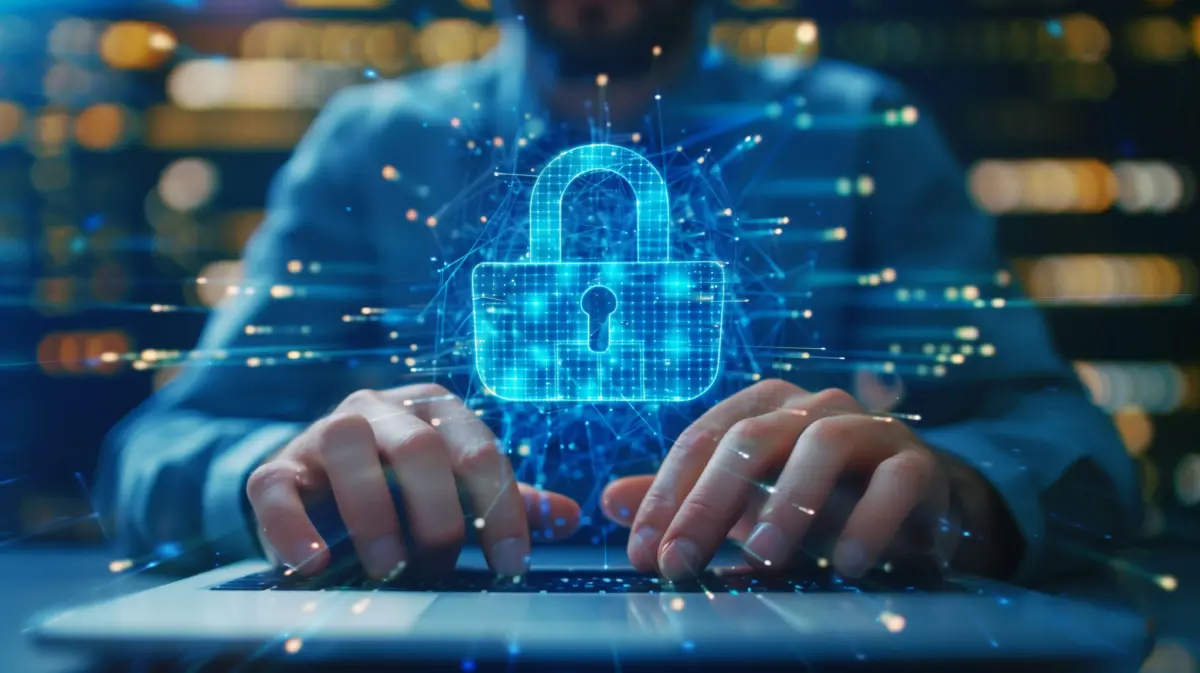
Protect Your Digital Assets and Keep Them Secure
Let Exigo Tech be your trusted partner in securing your digital future with advanced cyber security solutions.
#3 Enhancing Phishing Defences with Advanced Authentication
Phishing attacks have become more sophisticated. They trick people using tactics like spear-phishing, whaling, domain spoofing, business email compromise, and deepfake technology. This sophistication requires advanced authentication methods to tackle these threats and protect sensitive data.
The Role of Advanced Authentication in Resisting Phishing
Multi-factor authentication (MFA) is crucial in mitigating phishing risks. MFA requires users to provide multiple verification factors to access a system or account. This extra step increases the difficulty for unauthorised users to gain access, even if they steal login credentials.
Benefits of Multi-Factor Authentication (MFA)
- Increased Security: MFA adds an extra layer of security with verification factors like codes sent to mobile devices, fingerprint scans, or security tokens.
- Reduced Risk of Account Compromise: Even if passwords are phished, the second authentication factor significantly reduces the risk of account compromise.
- Compliance and Regulatory Requirements: MFA helps businesses comply with industry regulations and standards, avoiding potential fines.
Tips for Implementing Advanced Authentication in Your Business
- Educate Employees: Train staff on the importance of MFA and how it works, highlighting phishing risks and MFA’s role in protection.
- Choose the Right MFA Methods: Select secure and convenient authentication methods, such as SMS codes, authenticator apps, biometric verification, and hardware tokens.
- Implement MFA Across All Critical Systems: Apply MFA to systems containing sensitive information, including email accounts, VPNs, cloud services, and internal applications.
- Regularly Update and Review MFA Policies: Keep MFA policies updated to ensure effectiveness against evolving threats.
- Leverage Single Sign-On (SSO) with MFA: Combine SSO with MFA for simplified, yet secure, login processes.
Conclusion
In 2024, cyber security is changing quickly, bringing new challenges and chances for businesses to adapt and grow. It’s important to stay updated on trends and adjust your security strategies to protect your digital assets.
To protect your business from cyberattacks, you should use AI and Machine Learning. It is also important to stay updated on current trends that will help you stay ahead of threats.
Get Peace of Mind Through Advanced Cybersecurity Solutions with Exigo Tech
At Exigo Tech, we understand the complexities and demands of modern cyber security. Our team of experts provides comprehensive solutions tailored to your business needs.
We have recently teamed up with Microsoft, with its world-class suite of business solutions, and eSentire, a leader in managed detection and response services to develop an all-in-one security solution- Managed Security as a Service.
This offering provides organisations with top-notch security features that ensure the safety of business data, intellectual property, and customer information.
Stay proactive and protect your business with Exigo Tech. Contact us now at or call us at 1300 EXIGOTECH (394 468)to learn how we can assist you in navigating the evolving cyber security landscape.
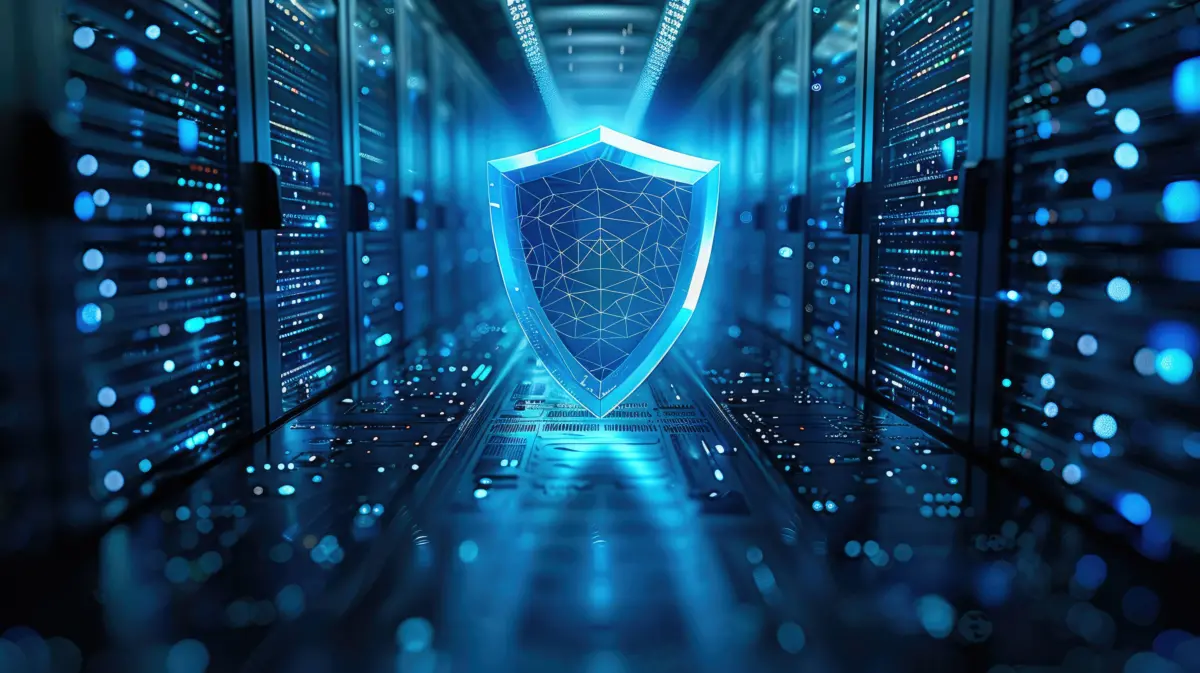
Strengthen Your Cyber Defence
Get in touch with us to make your business ready to tackle cyber security challenges in 2024 and beyond.
 Philippines
Philippines Australia
Australia Singapore
Singapore India
India Niten Devalia | Jul 15, 2024
Niten Devalia | Jul 15, 2024